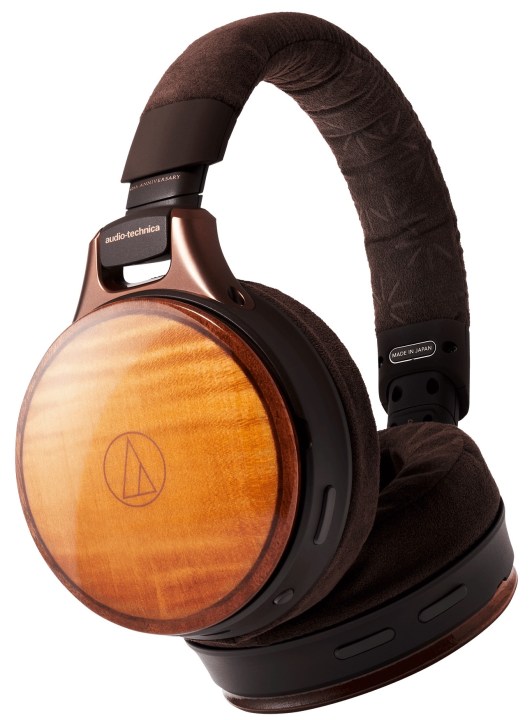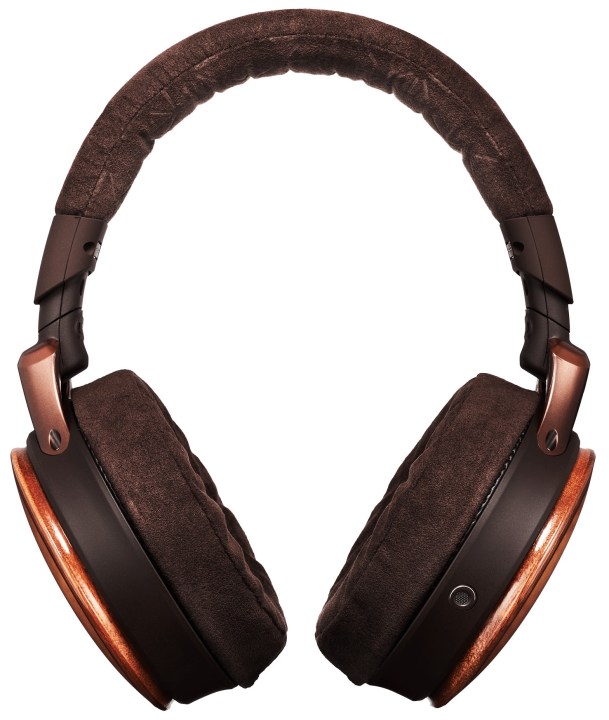Audio-Technica (A-T) has been doing some wild things in honor of its 60th anniversary, like creating a $9,000 phono cartridge, and bringing back its quirky Sound Burger portable record player from the 80s. But those are just fun frivolities. The really impressive birthday gift that this 60-year-old is sharing with the world is the ATH-WB2022, a set of wooden, wireless headphones that claim to be the very first to have built-in balanced stereo.

I know, you may be scratching your head, wondering how this feature can possibly justify an insane $2,700 price tag, but audiophiles are going to be salivating right about now.
In the world of audio nirvana, purists seek out “balanced” headphones. These are cans that have a totally separate signal path to each earcup. When combined with a similarly balanced headphone amp (or DAC/amp dongle) output, the
These balanced setups have been standard in the wired audiophile world for decades, but there has never been an equivalent in the wireless world, where incoming digital stereo signals are usually processed by the same integrated amp and digital-to-analog converter (DAC).

That changes with the ATH-WB2022. Audio-Technica says it has not only given these luxurious cans a twin set of DACs (one for each channel), but also a twin set of amplifiers, and — should you be concerned about the effects of a combined power supply — a twin set of rechargeable batteries, too, for the ultimate in separation.
Because all of this dedication to balanced audio would be pointless without some decent drivers to actually turn these signals into sound, each earcup has also been fitted with a specially designed 45mm driver, with a high-performance magnetic circuit and a diamond-like carbon (DLC) coated diaphragm.
Audio-Technica says the WB2022’s exotic housings, made from a combination of solid flame maple, walnut, and mahogany woods, have excellent acoustic properties and absorb vibrations for a purer audio performance. That might be something you can hear (or not) but there’s no denying they give these limited-edition
To complete the picture, both the headband and ear cushions are wrapped in Alcantara, a synthetic material that is comfy, breathable, and better for the environment than leather.

You might think that for $2,700, something like active noise cancellation (ANC) would be included, but apparently, Audio-Technica is taking the purist ideology to the max on these cans and hasn’t included it. What you do get is Sony’s hi-res audio-capable LDAC Bluetooth codec, for up to 24-bit/96kHz audio (in addition to the usual SBC and AAC codecs).
Like many of the very high-end
That means these cans are 100% digital-only. So while audiophiles may be keen to try the first truly balanced set of
A-T claims the twin batteries will deliver a nine-hour playtime, which is extremely short for a set of
Still, at least you won’t have to worry about the batteries’ long-term lifespan — A-T is promising free battery replacements (and for the Alcantara padding), though it hasn’t indicated how long that replacement promise will last.



